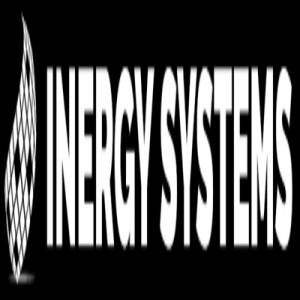All The Amazing Facts About Residential Energy Load Controllers You Should KnowPosted by Intelligent Energy Solutions on May 14th, 2019 Residential energy demand load controllers manage your non-crucial electric loads to decrease peak demand and enhance energy efficiency. What does this actually mean? It means that the controller will stabilize your home’s electricity usage by managing equipment that has thermal storage like AC, water heaters, hot tubs, and so on. Such electric loads could be turned off for some time without affecting general convenience or comfort. Loads like lighting, PCs, TVs, and other plug loads aren’t managed by some controllers. By controlling huge electric loads that have thermal storage, controllers make your home much more energy efficient, decrease your energy bills, and save you significant sums of money. How they work A controller contains advanced technological software which calculates the precise rate at which your home’s electric usage is going towards the demand limit. It then begins to shed electric loads correspondingly to avoid going past the set limit. The controlled loads are only those that could be deferred for a little period of time with little to zero effect on convenience, comfort, or the interruption of the process of the function of the key appliances you use in your home. The least critical loads are the very first ones to be shed and the last when it comes to restoration. And, the higher priority loads become the last to be shed but are the first when it comes to restoration. This is how you can actually use load controllers to reduce your energy bill. With the appropriate mix of demand limit and load control, you will not even notice that you have any controller in your home, but you will certainly take notice of the savings you will get on your monthly electric bill. Loads that are commonly controlled Controllable loads normally feature thermal storage and they could be turned off for a little period of time with little to zero effect on your own convenience, comfort, or interruption of any process. The loads that are commonly controlled include;
Saving statistics On average, a quality controller saves you between 10% and 40% of your annual electric bills every single year. Savings are heavily dependent on every single home’s individual situation given the type and number of controllable loads, the present load factor percentage, as well as the home’s utility’s demand rates (when available). Most quality controllers are able to pay for themselves within 1 to 3 years. These are all the amazing facts that you need to know when it comes to residential energy load controllers. The amazing energy tools are able to provide you with the most effective demand monitoring and control, which goes on to help you save significant money by utilizing energy much more efficiently. Like it? Share it!More by this author |


